This website uses cookies so that we can provide you with the best user experience possible. Cookie information is stored in your browser and performs functions such as recognising you when you return to our website and helping our team to understand which sections of the website you find most interesting and useful.
South America Travel Guide
Vibrant, exciting and a whole lot of fun – that is South America! If you haven’t yet been, you need to, and if you have, I’m sure there’s still places left for you to explore. Either way, for first timers or seasoned backpackers, we’ve put together a little guide of the essential information you might need for your trip.
What are the main cities?
- Buenos Aires - Argentina
- Sucre - Bolivia
- Brasilia - Brazil
- Bogotá - Colombia
- Cayenne - French Guiana
- Georgetown - Guyana
- Asunción - Paraguay
- Montevideo - Uruguay
- Caracas - Venezuela
- Lima - Peru
- Paramaribo - Suriname
- Santiago - Chile
- Quito - Ecuador
Other main cities?
- Rio de Janeiro - Brazil
- Cartagena - Colombia
- Huacachina - Peru
- Cusco - Peru
- La Paz - Bolivia
- San Paulo - Brazil
- Medellín - Colombia
What are the main languages spoken in South America?
Portugeuse is the official language of Brazil. With Brazil being such a large country, it means that Portugese is the language spoken by the most amount of people in South America, however the majority of countries actually speak Spanish. English is also widely spoken in tourist areas and is also the official language of Guyana. French is the official language of French Guyana.
Other main cities?
South America currently has 14 currencies in use, so it can be a little confusing. You can use US dollars in most places, but we usually advise to change into the local currency beforehand to get better rates:
- Argentina - Argentine peso (ARS)
- Brazil - Brazilian real (BRL)
- Chile - Chilean peso (CLP)
- Colombia - Colombian peso (COP)
- Cusco - Peruav
- Guyana - Guyanese dollar (GYD)
- Paraguay - Paraguayan Guarani (PYG)
- Peru - Sol (PEN)
- Suriname - Surinamese dollar (SRD)
- Venezuela - Venezuelan bolivar (VEZ)
- Uruguay - Uruguayan peso (UYU)
South America Time Zones
- UTC - 5 (Part of Brazil, Colombia, Ecuador and Peru)
- UTC - 4:30 (Venezuela)
- UTC - 4 (Bolivia, part of Brazil, Chile and Paraguay)
- UTC - 3 (Argentina, part of Brazil and Uruguay)
- UTC - 2 (Numerous islands east of Brazil)
- Being such a large country, Brazil splits across 4 time zones, however most of the country follows UTC - 3.
What’s the deal with visas?
This information should be used as a guideline only. Each country has its own requirements and you are advised to seek the relevant information for the country you are visiting. If you hold a UK or European passport and are visiting as a tourist, you do not need a visa to visit any country in South America. However, you will need 6 months remaining on your passport and at least one blank page for each country you plan to visit.
Vaccinations
It is always advisable to check in with your GP, but the CDC and WHO advise for the following routine vaccinations to be up to date before travelling to Central & South America:
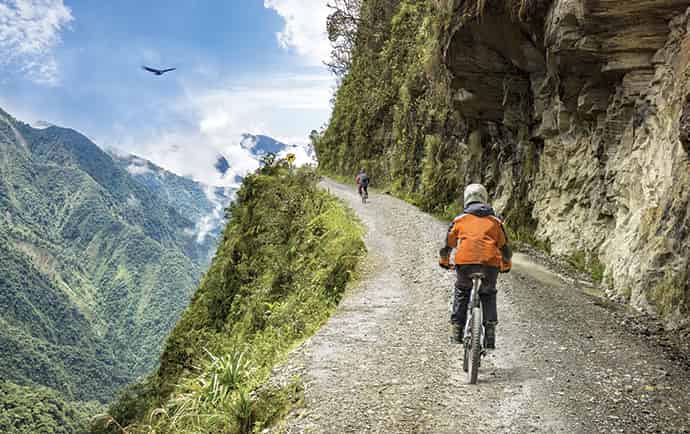
It is always advisable to check in with your GP, but the CDC and WHO advise for the following routine vaccinations to be up to date before travelling to Central & South America:
TDaP – Tetanus, Diphtheria and Pertussis vaccine
Chickenpox
Polio Vaccine
Influenza
Chickenpox
Shingles
Pneumonia (Recommended for over 65’s and immunocompromised individuals)
Meningitis
The CDC and WHO also recommend the following vaccinations when travelling to Central & South America:
Hepatitis A is recommended for travelling to all regions.
Hepatitis B is recommended for travelling to all regions.
Typhoid is recommended for specific itineraries, depending on locations. Consult your local GP for advice.
Cholera (Depending on your itinerary)
Yellow Fever .
Rabies is recommended for those coming into contact with animals.
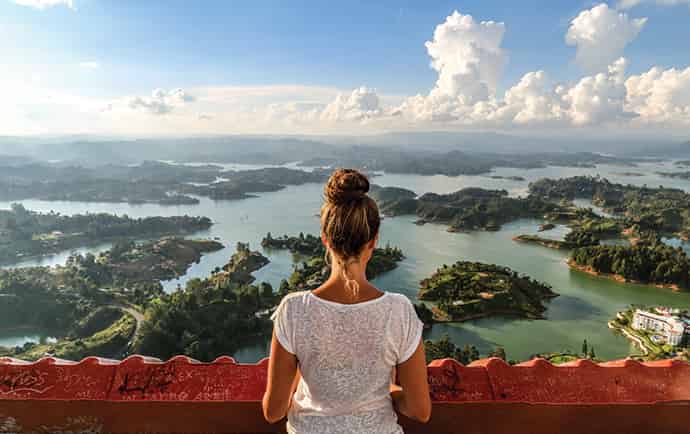
Duty Free
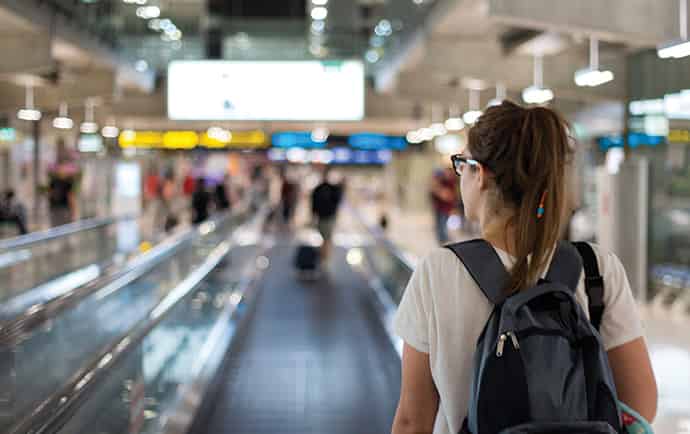
The individual countries in South America may have different allowances so it is best to check government websites for specific allowances. The standard amounts for goods being imported into countries in South America are:
200 cigarettes
25 cigars
250g of tobacco
12 litres of alcoholic drinks
Gifts up to $200
(The total amount of items should not cost above $500)
Emergency calls
It is always good to have a few key numbers saved in your phone in case of emergencies:
Emergency calls
911 General emergencies in Buenos Aires
101 Police
107 Medical emergency in Buenos Aires or 4923 1051 for other locations
100 Fire service: in Buenos Aires, or 4304 2222 for other locations
Bolivia
110 Police
118 Fire service
119 Medical emergency
Brazil
190 Police
193 Fire service
192 or 193 Medical emergency
Chile
133 Police
132 Fire service
131 Medical emergency
Colombia
112 Police
119 Fire service
125 Medical emergency
123 National emergency number:
Ecuador
101 Police
102 Fire service
131 Medical emergency
911 All emergency services: (except in Guayaquil)
112 All emergency services: 112 (in Guayaquil)
Peru
105 Police
116 Fire service
117 Medical emergency
Suriname
112 Police
112 Fire service
112 Medical emergency
Uruguay
911 Police
911 Fire service
105 Medical emergency
Venezuela
171 Police
171 Fire service
171 Medical emergency
Tips on tipping!
Tipping is entirely discretionary in South America but there are a few unwritten rules on when and how much to tip when it is customary. South America is an extremely diverse region with each country having its own customs, so it is best to familiarise yourself with the ‘unwritten rules’ for each place.

Food and Drink
10% is the standard amount to tip in a restaurant if the service is good. However, it is acceptable to leave less or even nothing if the service didn’t meet your expectations. You can tip a few coins to bartenders (especially if they make you a delicious cocktail!) but always place the tip in their hands rather than on the counter. A 10% service charge is sometimes included on the bill depending where you are, so check before offering your tip.
Guides
All too often family holidays can be overshadowed by hordes of tourists, heaving beaches and large resorts. But for families that crave a little more adventure, a tailor-made tour offers the prospect of exciting, new experiences and a holiday memorable for the entire family. Our family holidays can be similar to group tours with accommodation, transport and activities, or they can be built from scratch with personalised itineraries, private transport and higher end accommodation – it’s entirely up to you. Relax in the knowing that your trip has been organised specifically to your needs. Whether that’s focusing on sight-seeing, beach-hopping, wildlife or culture, you can sit back and enjoy quality family time without worrying about the logistics of organising an epic adventure.
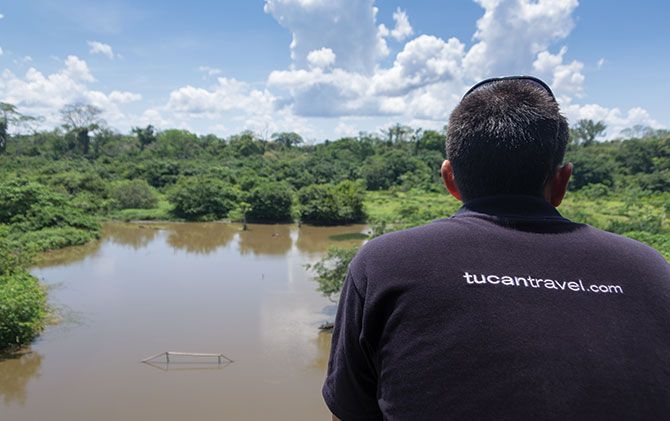
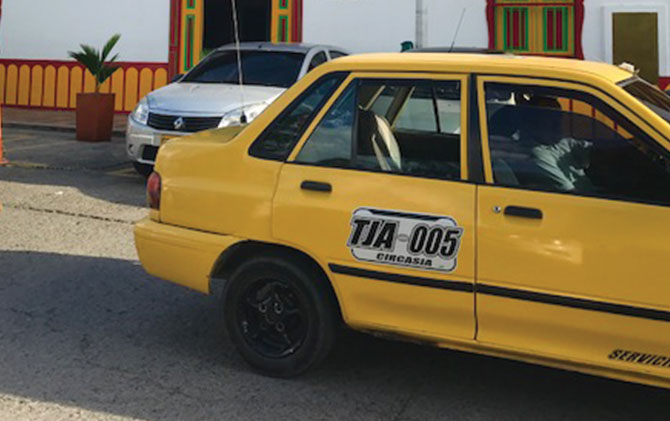
Taxis
It is not common to tip taxis for individual journeys, however to make it easier, many people round up to a convenient amount. If you are hiring a taxi for a few days, it is often recommended to tip around 10% of the total amount for those days.
Hotels
Hotel porters are usually tipped the equivalent of $1 USD per bag and housekeepers around $2 – $3 USD per day.
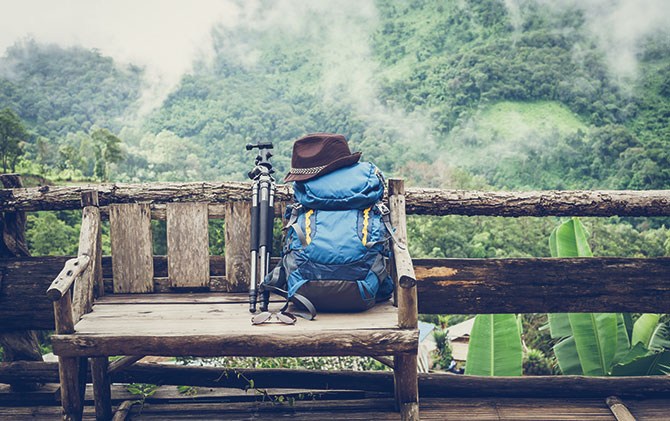
Is it safe to drink tap water in south america?
There is not one hard and fast rule for whether or not it is safe to drink the tap water in South America. Argentina, Chile and Uruguay are generally regarded as having safe drinking water, but if in doubt, ask locals or the hotel staff. All other countries in South America have not been classed as having safe drinking water.
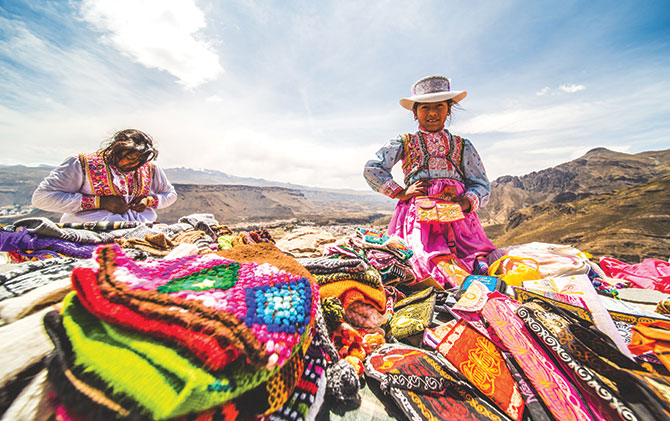
The unwritten bargaining rules
In general, it is commonplace to haggle away to your heart’s content at any market in South America. However, it can be seen as aggressive and unacceptable in some countries so be sure to do specific research on that country. For example, in Chile they deem it as very impolite to haggle.
Markets will become a staple daily activity on your tour to South America. They are part of the way of life, the culture and the experience, so our advice to you is to get involved! This is where you’ll buy fresh fruit, food, souvenirs and products, so figuring out how to haggle is all part of the experience. Here’s a few tips:
Always greet the vendor with a friendly hello or another greeting in the local language – you will definitely earn points! It also bodes well to learn a few other key phrases and numbers.
If you are buying large amounts of one item in particular, ask for a discount or for a special price for the whole lot.
Never look too enthusiastic or the vendor will assume you have lots of money to splurge.
Once you’ve asked for the price, consider the amount of time the vendor has taken to give it to you. If it seems like an unusually long amount of time, chances are they are making the price up. So if it seems way above what you would be happy to pay, feel free to offer up to half the price they provided. If they drop their price even as little as 5%, you know it isn’t fixed, so feel free to keep adding on 10% to your offer as they reduce theirs until you both reach a happy medium.
Is South America safe for single women?
As you can expect with a large continent such as South America, the safety levels can vary from place to place. Nevertheless, South America is one of the most widely travelled places in the world, even for solo female travellers. So a rule of thumb (especially if you are a first timer) is to stick to the backpacker path and you’ll probably be fine. Do some research in the countries you’ll be visiting and you’ll find countless tips on when and where to take extra care. Here’s a few tips for staying safe in South America:
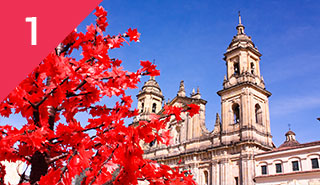
Keep your wits about you in busy tourist areas such as Bogota. Don’t flash your cash and keep your belongings close to you in either a money wallet or a safely secured bag.
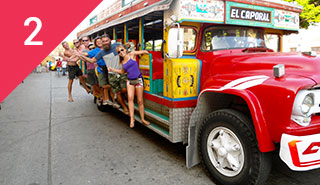
Overnight buses are another place to watch your things. Bags often go missing overnight so it’s best to keep them with you and wear a money belt to hold your cash and passport.
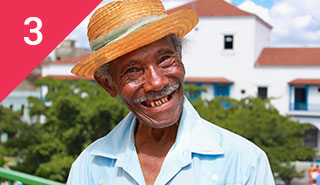
Don’t be afraid to ask for help. More often than not, locals are happy to offer guidance. If you are friendly, they will be friendly back. It’s always worth asking.
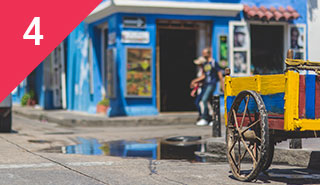
Avoid the ‘sketchy’ looking neighbourhoods, especially at night, and never alone. If you do want to explore the nightlife, stay in a hostel. This is where you’ll find most solo backpackers and chances are, they want to go out too.
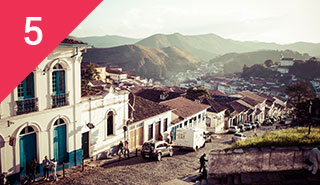
Don’t make yourself an easy target. If you’re lost, walk with confidence (even if it’s into the nearest shop to ask for directions). Don’t get too drunk – this makes you a very easy target for muggers. And lastly, try to blend in – don’t carry around expensive equipment in pure sight or roll out a giant map in the middle of the street.
Is wifi available?
In most areas, except for the really rural zones, you will be able to connect to free wifi in hostels, hotels, cafes and restaurants. However, if you are looking for internet cafes, they are much more rare than you would imagine!
Getting around
In general, the roads in South America leave much to be desired with many roads being in poor condition. However, tourism is booming in South America and as such, there is an extensive network of travel options available which aren’t usually too hard to navigate.
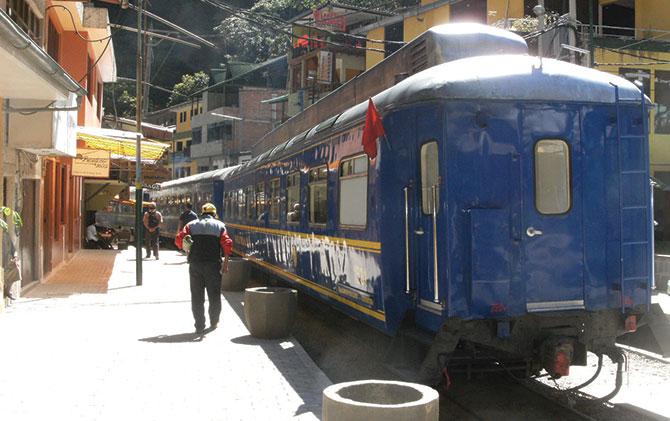
Trains
Bus
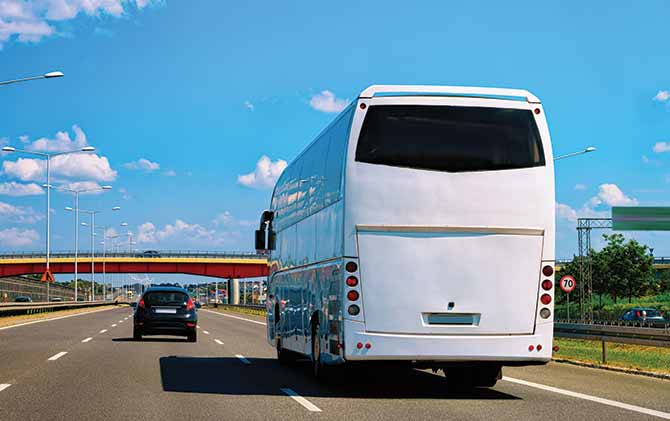
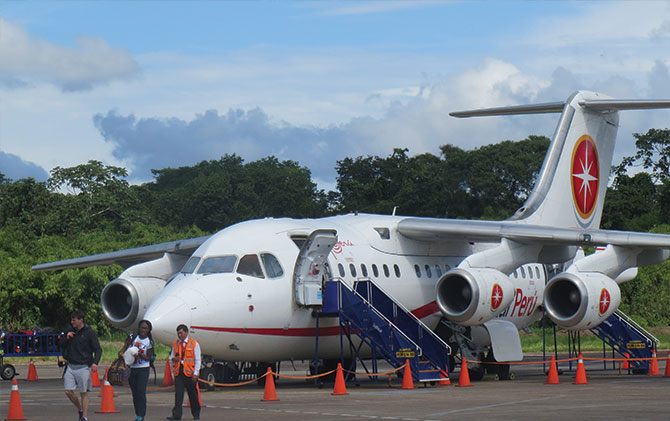
Aeroplanes
It is not common to tip taxis for individual journeys, however to make it easier, many people round up to a convenient amount. If you are hiring a taxi for a few days, it is often recommended to tip around 10% of the total amount for those days.
Cars
If you are planning on sticking to one country, then a rental car could be an option. However, this is only recommended if you are a confident driver as the roads are often not in a very good condition. Car-rental companies tend to not allow their rentals to cross borders, so if you are planning on travelling around various countries in the region, it’s best to use another mode of transport.
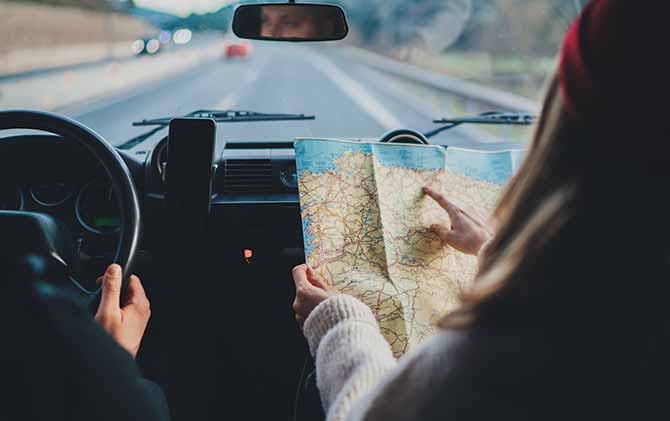
Featured Tours
We are passionate adventure travelers who want to share the world and our travel experiences with everyone…
